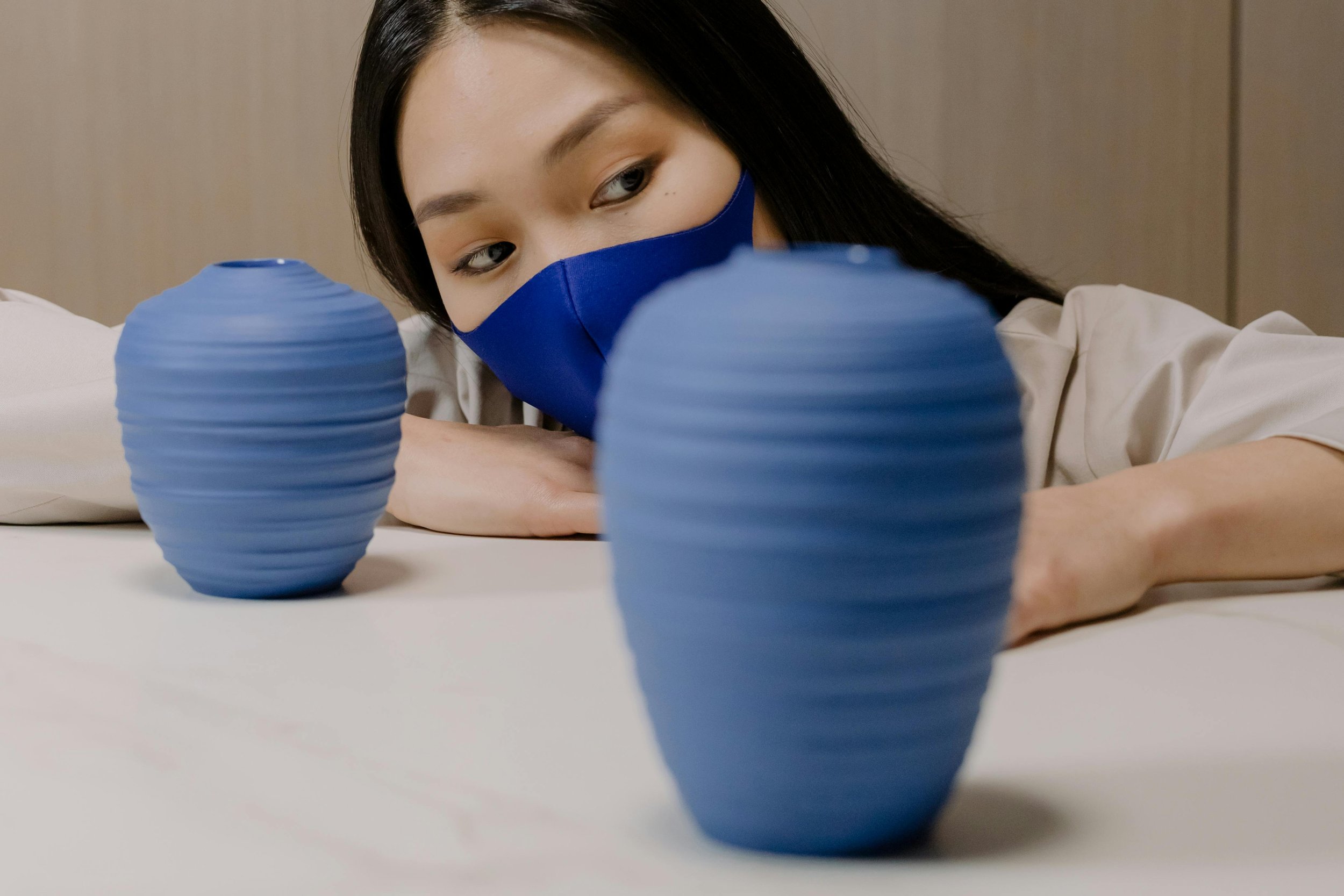Which Toxin is Which?
For the longest time Botox has dominated the aesthetics market when it comes to botulinum toxin - so much so that its name is ubiquitous and basically synonymous with the treatment. But there are other brands out there, and for the longest time there have been three main ones competing.
However, the past couple of years has seen a plethora of new brands which we have covered extensively, and which are summarised in our Basics of Botox article. The different brand names and characteristics become confusing to both patients and clinicians, so we are going to set things straight. Most importantly, for safety reasons it is vital to know which products are licensed for use here in the UK, and how to recognise you are getting illegal or counterfeit products injected.
Diversity of Products
One of the beautiful things about working with filler is the diversity of brands out there! We are now approaching something similar for botulinum toxins.
The Original Three Toxins
Botox by Allergan - this has been around since the 90s and has been in use the longest, and therefore has the most research behind its use. This is the product that everyone knows about and names when they think about the use of botulinum toxin for cosmetic and medical purposes. The stabilisers used in Botox are human albumin and sodium chloride.
Azzalure by Galderma - this product reportedly kicks in a bit more quickly than the others, which can be great for patients who like to see a good result as soon as possible. However, it is a smaller protein and therefore will diffuse more easily, meaning that it can spread a bit further than its counterparts, which your aesthetic medical professional should be aware of when injecting. The stabilisers used in Azzalure are human albumin and lactose monohydrate. Azzalure was adapted from and is identical to Dysport (the name most commonly used in the USA), and the units (Speywood) are interchangeable.
Bocouture by Mertz - this has the least amount of stabilising proteins, which some take to mean it is a more “pure” product. I don’t think this is a meaningful distinction to make, because at the end of the day what makes it work is the botulinum toxin which is identical to all the others. Theoretically, there might be a smaller chance of developing resistance to Bocouture, although this has not been proven. One of the benefits of this is that, unlike Botox and Azzalure, this product does not need to be refrigerated which can be more convenient for practitioners. The stabilisers used in Bocouture are human albumin and sucrose (sugar). Bocouture’s sister toxin is known as Xeomin.
There are other botulinum toxins available in the world, such as Neuronox and Prosigne, however these are not used in the UK. Be careful in the UK that you are not being administered an illegal or counterfeit product from a non-medic who does not have a legitimate means to get a prescription. Check out our article on the legalities around getting Botox if you are a patient.
The New Generation
These are the new kids on the block in the UK as of the year 2022. Some of these are in the process of getting approval are brand new to market, or have been around for a few years but only in the States or Asia. We have written individual articles explaining each one, with a quick summary below!
Nucevia by Evolus
Daaxify by Revance
Letybo by Croma-Pharma
Alluzience by Galderma
Relfydess by Galderma
Explore our review slides below to get all the details:












Galderma has unveiled Relfydess™ (RelabotulinumtoxinA), the world’s first ready-to-use liquid neuromodulator developed with proprietary PEARL™ Technology. This groundbreaking product has recently received approval for use in Europe. So what is it, and what sets it apart from the other toxins?.